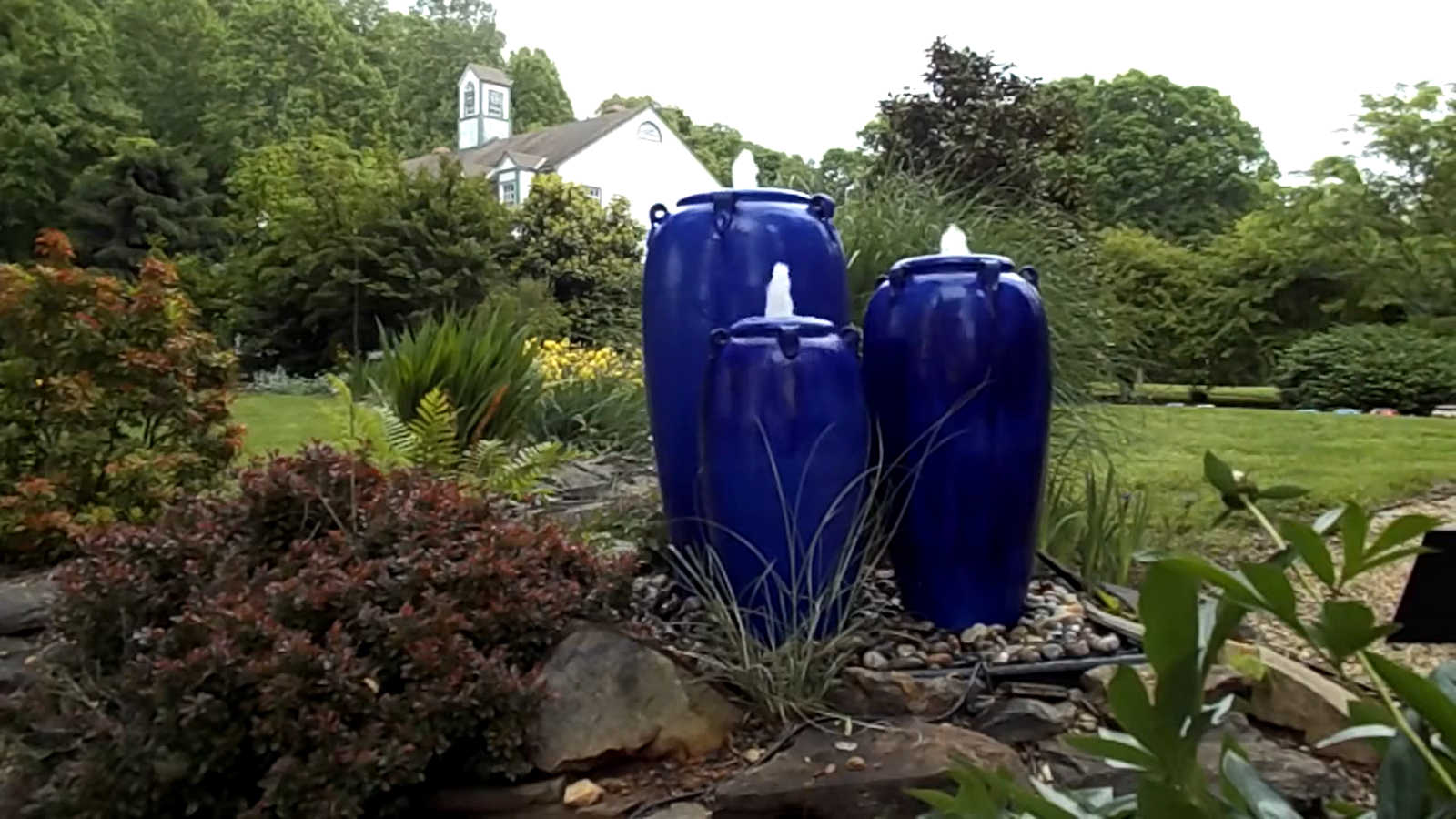[ad_1]
Before you grab the cheapest grass seed blend off the shelf to use in establishing your new lawn, take a look at the seed label and ask yourself a few questions. Doing so may save you from actually spending more for a poorer quality lawn!
-
- What is the purity percentage? The purity percentage tells you how much of the blend contains the grass seed you want to plant. If it’s less than 90%, you will probably have to buy more seed to achieve the right density for a lawn.
- What’s the germination percentage? Even when the purity percentage is high, you will still need to purchase more seed if the germination percentage is low. Laboratory tests can determine how much of the pure seed will actually grow when planted. So if your purity percentage is 90%, and your germination percentage is only 50%, then only 45% of the total seed blend will grow. Is less than half of the seed you are paying for still worth the cheaper price?
- What are the other crop and weed seed percentages? Other crop seeds are labeled as different commercial grasses, but both they and weed seeds will be unwelcome in your new lawn. If the percentages are higher than 0.5%, you will likely be dealing with weeds immediately, and have to spend additional money on herbicides, which could damage the new grass. Buying a blend with a minimal percentage of weed seed and another crop will be easier – and cheaper – to maintain in the long run.
- What is the noxious weed percentage? Anything higher than 0% should not be considered. Noxious weeds are legally defined by your state, and should not be encouraged to grow.
- What is the inert matter percentage? Inert matter is anything else in the blend that will not grow: seed stalks, chaff, and sawdust. Inert matter won’t harm your lawn, but it won’t help it either. Buying a blend with more than 2% of inert matter is simply a waste of money.
- When was the seed blend last tested? If it has been longer than 12 months since the seed was tested for its germination rates, you should look for a newer blend. Otherwise you can’t depend on the accuracy of the germination percentage number.
Your best bet is to pick a grass seed blend with the best percentages on its label, even if it is more expensive than the bag you found on sale. In this case, you will get what you pay for, and a high quality seed blend will go a long way in establishing a high-quality lawn.
[ad_2]
Source link








 + Planting String of Watermelon Succulents
+ Planting String of Watermelon Succulents  with Garden Answer
with Garden Answer


